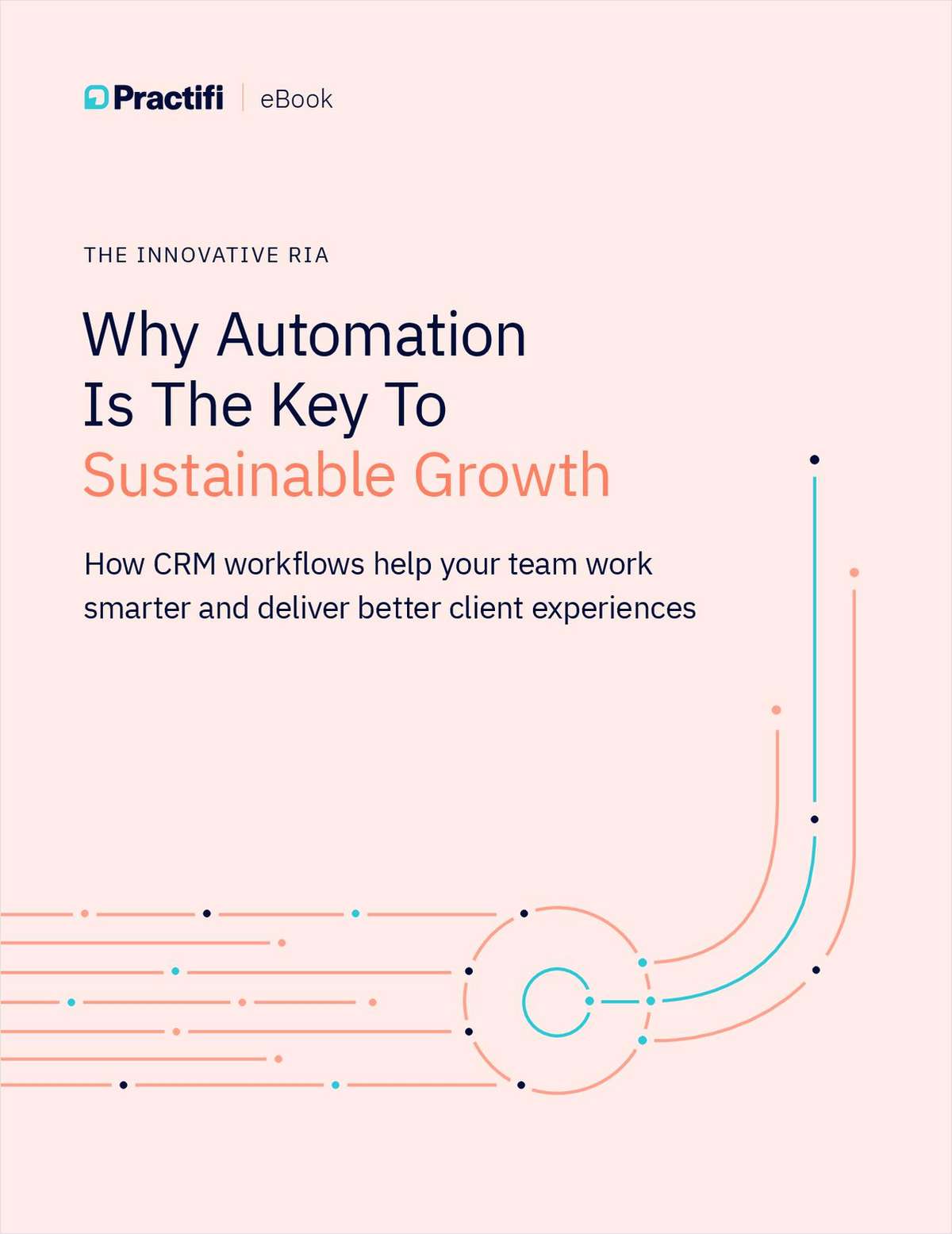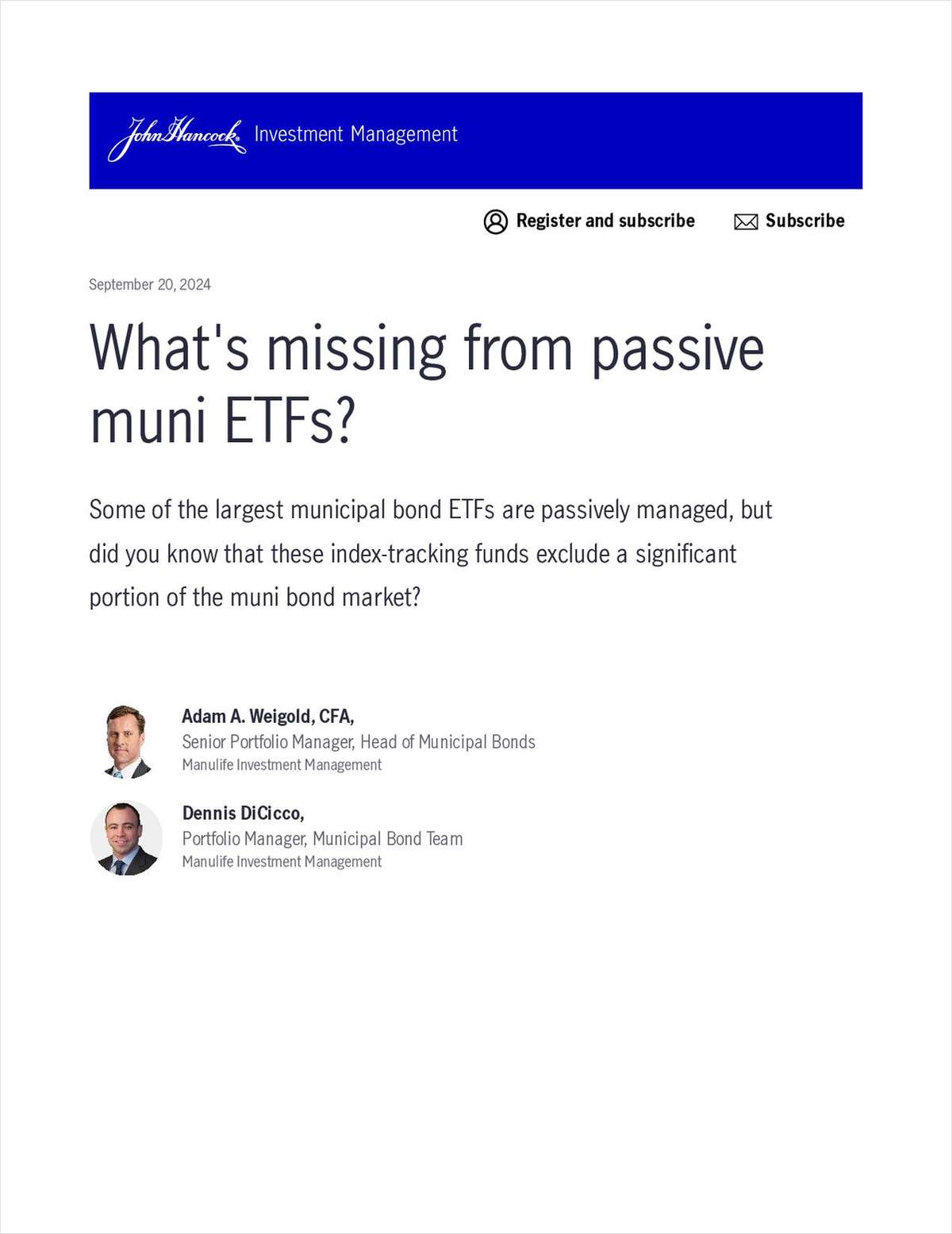
Surviving spouses have always been granted special privileges when they inherit retirement accounts from a deceased spouse. Options regarding distribution continue, although they have been modified significantly under the Setting Every Community Up for Retirement Enhancement (Secure 2.0) Act.
Surviving spouse beneficiaries can elect to be treated as the original plan participant for required minimum distribution purposes. With Internal Revenue Service regulations now significantly fleshed out on changes to the RMD rules, advisors should pay close attention to the details to ensure that clients understand all of their obligations and options for 2024 and beyond.
The rules governing spousal elections are complicated but also allow a surviving spouse significant flexibility when inheriting a defined contribution plan. Because the final regulations left a significant portion of the guidance to proposed regulations, interested parties will have an opportunity to comment on the various proposals.
Secure 2.0 Background
Under the Secure 2.0 Act, when a surviving spouse is designated beneficiary of a defined contribution plan, that spouse can elect to be treated as the plan participant for all RMD purposes. When surviving spouses make this election, they are entitled to stretch distributions over their own life expectancy.
Surviving spouses are also entitled to delay RMDs until the original participant's required beginning date and, should they die before required distributions start, those spouses will be treated as though they were the original participant.
Final and Proposed Regulations
Under the regulations, the surviving spouse will automatically be treated as the participant, without needing to make a special election, if all of the following are true:
- The surviving spouse is the sole beneficiary
- The original participant died before the required beginning date
- The surviving spouse will receive payments under the life expectancy rule, rather than the 10-year rule
If the original participant died after the required beginning date, surviving spouses must make a separate election to be treated as though they were that participant.



